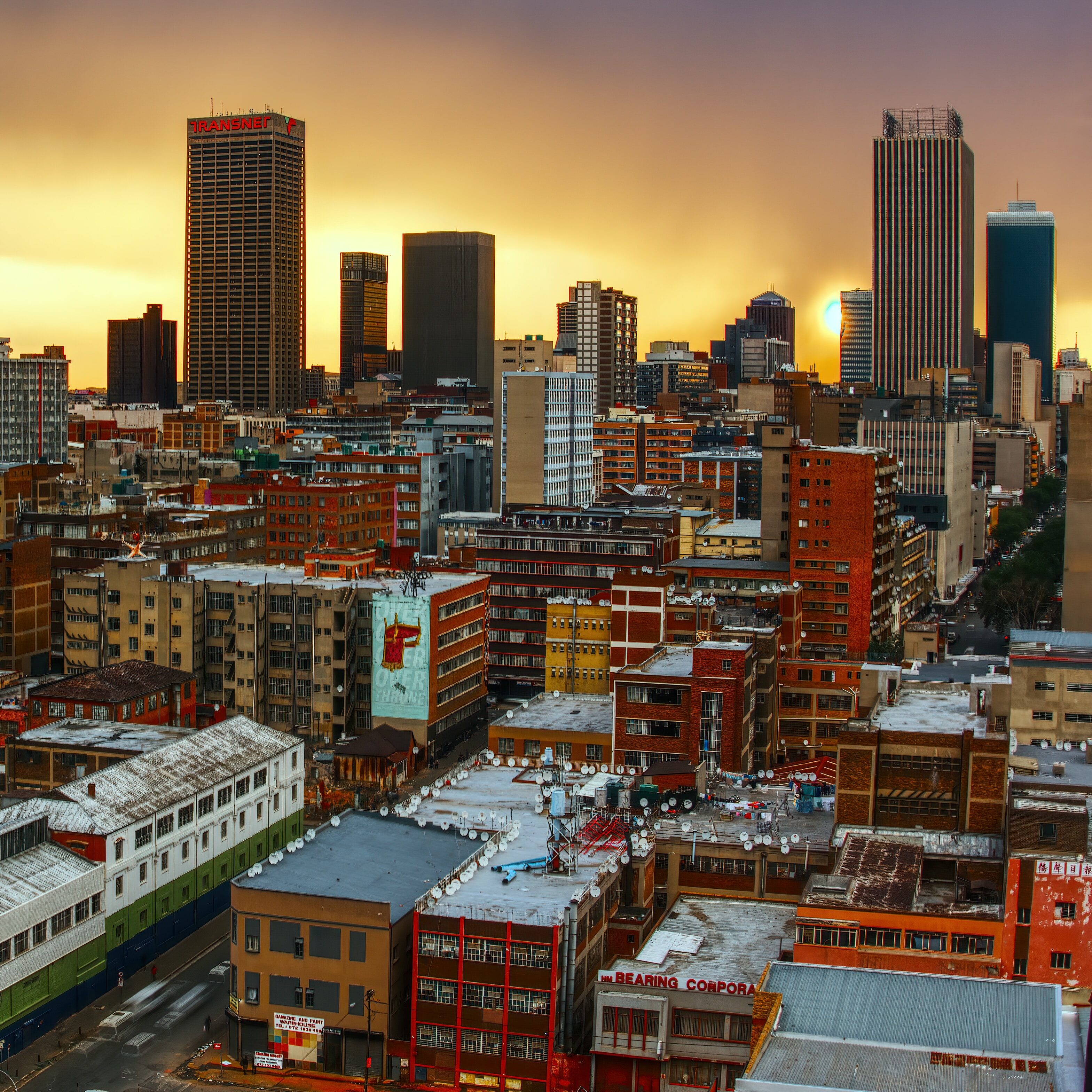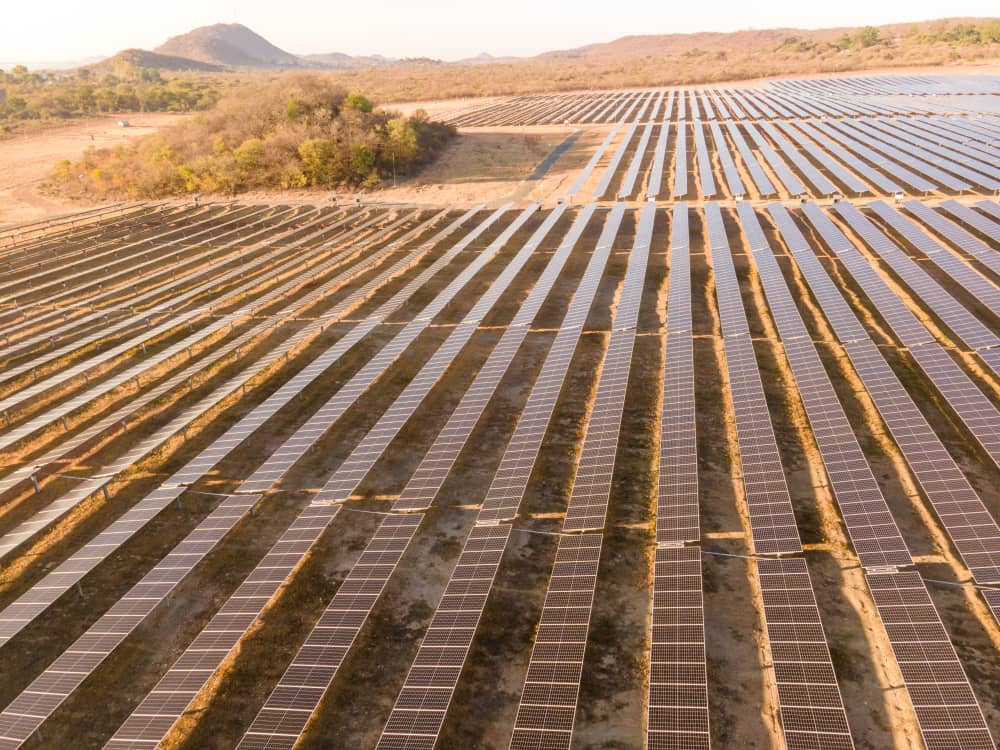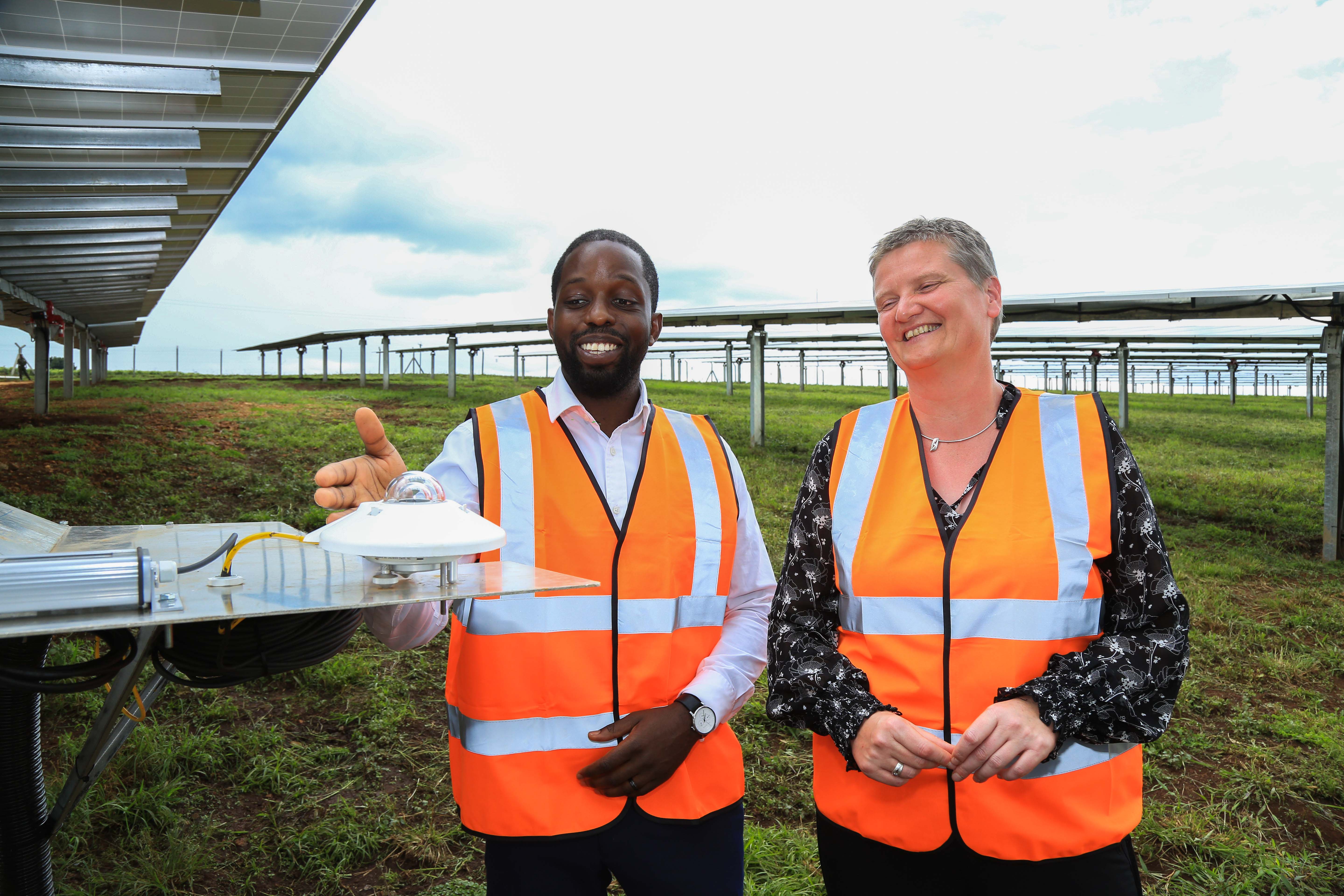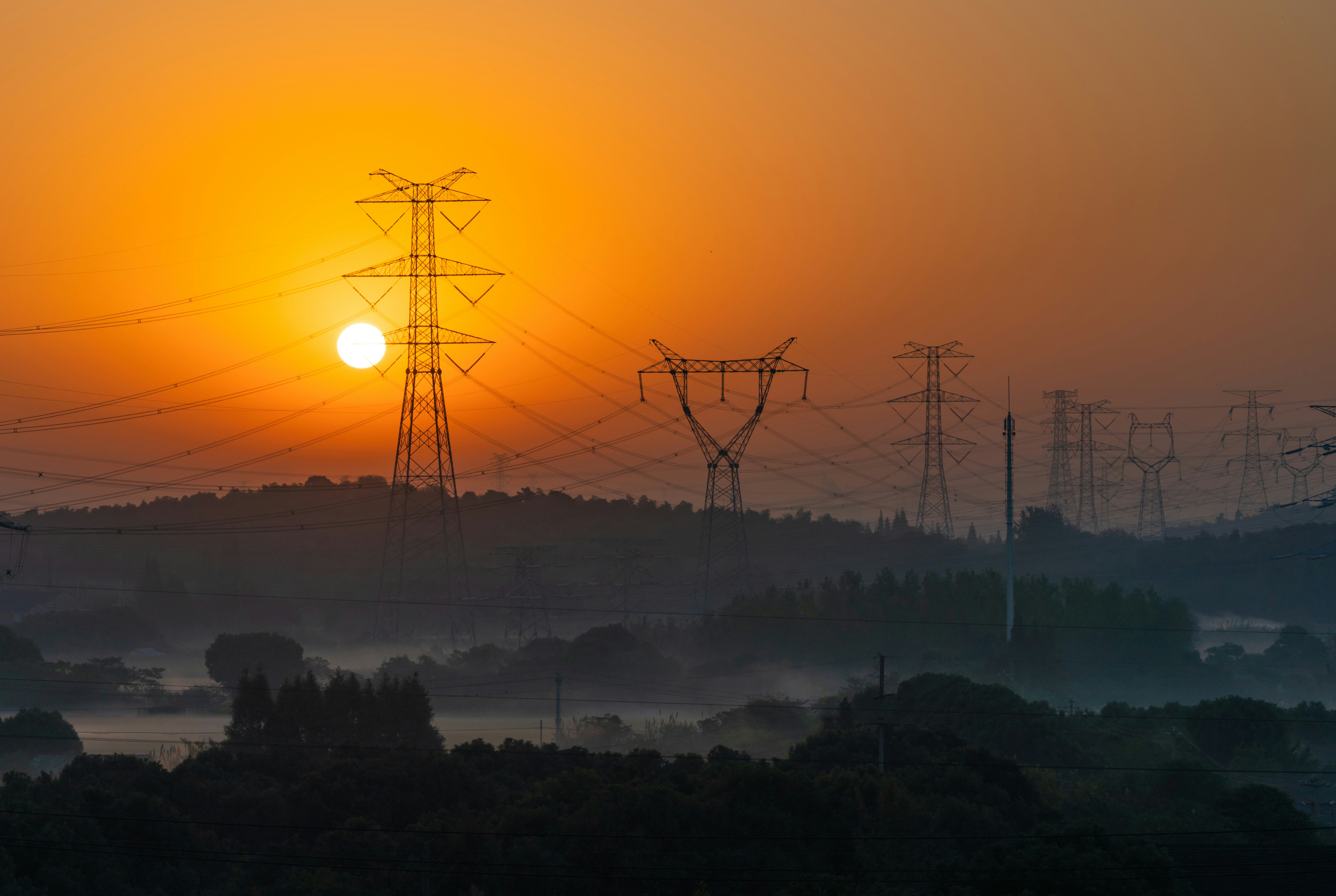
Distributed Energy Resources: what we learned from regulators about managing the energy transition in Africa
Speaking to African regulators about how they balance the benefits of Distributed Energy Resources (DERs) with the need to protect centralized utilities unearths the technical challenges and capacity constraints on the path to grids of the future
Speaking to African regulators about how they balance the benefits of Distributed Energy Resources (DERs) with the need to protect centralized utilities unearths the technical challenges and capacity constraints on the path to grids of the future
In our White Paper ‘Constructing Africa’s Green Economy Requires New Building Blocks’, we presented CrossBoundary Energy’s (CBE) assessment of Distributed Energy Resources (DER) regulation across Africa. The White Paper categorized markets based on their level of DER integration and set out a roadmap for energy regulators on how to adapt their energy policies as DERs grow from a small to an integral part of national energy solutions. The paper was informed by CBE’s transaction-based experience as an investor, developer, and owner of DERs for industry across the continent.
In the White Paper, we acknowledged the unique position regulators hold. They are tasked with delivering competing objectives: on the one hand to battle the market forces driving DERs to revitalize insolvent centralized electricity suppliers; on the other, to extend customers’ access to affordable electricity. CBE has engaged directly with regulators across Africa to understand their approach to DERs in an increasingly complex imperative to adapt Africa’s energy systems for the future.
We were pleased to be invited to present our framework to 30 energy regulators at the 2024 Annual Conference for the African Forum for Utility Regulators, and over 700 viewers have accessed our White Paper online. We have also held more detailed interviews with regulators to discuss the opportunities and challenges DERs create for their markets.
In this article, we highlight some of the themes that have emerged from these engagements. We thank those regulators who have contributed directly to this article, and the many more who have engaged informally.
Theme 1: The local energy market largely dictates countries’ approaches to DERs
In markets where grid generation capacity is outstripped by demand for energy, DERs are welcomed. For example, South Africa’s undersupply challenges, and the associated load-shedding to manage this, have been well-publicised. In response to this undersupply, South Africa relaxed the approvals required for DER projects. The licensing threshold for generators was increased from 1MW to 100MW in August 2021, and in January 2023 the requirement to secure a license was removed completely. Due to these regulatory changes, DER providers now enjoy streamlined development timelines for new projects.
In our interview with Welile Mkhize, Head of Licensing at the National Energy Regulator of South Africa, he affirmed that the instability of the public utility Eskom’s power supply has been the key driver of the deployment of DERs. South Africa recognizes that DERs are the fastest and most effective way of addressing the significant generation shortfall that faces the country.
In Zimbabwe, DERs for industry are being encouraged to reduce the reliance on imports of electricity from neighbouring countries and to free up generation capacity for other users. Our recent blog highlighted efforts by the regulator ZERA to stimulate further deployment of DERs in Zimbabwe.
In Eswatini, the utility’s tariff design and the commercial sector’s role in cross-subsidizing tariffs for domestic users, have led them to take a more cautious approach to DERs. Simphiwe Khumalo, General Manager at ESERA, told CBE that the top twenty users of electricity in Eswatini contribute approximately 15% of the total revenue to the state-owned utility (EEC), and therefore cross-subsidize the nearly 240,000 domestic customers. Under the current tariff design and market structuring in Eswatini, these customers shifting to private distributed energy would not only threaten the sustainability of the utility, but also affect the ability of the government to provide affordable energy to its population. The regulator is actively developing new standards that seek to strike a balance between ensuring the financial sustainability of the utility and allowing Eswatini’s industry to benefit from DERs.
Egypt is a market with disincentives for DER deployment, despite a conducive regulatory framework. Subsidized grid tariffs for the industrial sector have slowed the uptake of DERs. Engineer Salma Osman, Head of the Central Department for Technical Affairs and Licensing at Egypt ERA, questioned the longevity of this approach, signalling that tariffs will need to rise to meet the costs of delivering energy.
Eng. Osman also suggested that corporate sustainability goals will serve as a further driver of DER growth. In 2023, 88% of Egypt’s electricity came from fossil fuels, but Egypt’s export customers are increasingly forcing reductions in supply chain emissions. Despite subsidized electricity tariffs in Egypt, CBE has developed a DER project for Indorama Ventures Dhunseri Polyester, helping to decarbonize their operations.

Theme 2: The benefits of DERs are very well understood by regulators. It is the desire to protect centralized utilities that means DERs are held back in some markets
CBE has directly engaged over 15 regulators across the continent. Each one clearly understood the benefits DERs bring by providing a solution to the single largest growth constraint faced by African businesses: access to reliable and affordable energy. Over 75% of firms in sub-Saharan Africa experience electrical outages, resulting in annual sales losses of 8%.The continuing fall of renewable energy costs will only make the case for DERs more compelling.
When regulators restrict DERs, it is not due to a belief that utilities better serve industry, but in response to pressure from policymakers and utility leaders to protect utility revenues. Restricting DERs in a bid to address challenges like the oversupply of energy on the national grid, or the impact of grid defection by bulk customers on utility revenue, ultimately denies businesses access to affordable, renewable power.
Several regulators that CBE engaged have been candid about this dynamic. Desireemarg Black, Head of Legal and Compliance at the Sierra Leone regulator EWRC, was explicit during an in-depth discussion with CBE that Sierra Leone’s regulatory framework is designed to balance businesses’ desire to access DERs, whilst protecting the financial sustainability of the utility EDSA.
Faced with navigating this tension, some regulators limit those who are eligible to receive power from DERs. Namibia implemented a modified single buyer model in 2019 which enabled transmission-connected customers to secure ‘contestable customer’ status from the regulator ECB. This gives these customers the right to procure 30% of their energy requirements directly from a DER provider. Off-grid customers, however, can source 100% of their energy requirements from DERs, recognizing that these customers shifting to renewable DERs does not impact the utility. Uganda’s Electricity (Supply of Electricity in Bulk to Specified Consumers) Regulations 2022 implements a similar system, defining eligible consumers and limiting DERs to providing 30% of their energy requirements.
These mechanisms are designed to limit the role DERs can play under a centralized grid model and ultimately to protect centralised utilities. South Africa has taken a bolder approach and sought to take on Eskom’s ‘unsustainable business model’, which necessitated significant financial injections from the government annually. In August 2024 the Electricity Regulation Bill was signed into law, which sets out significant reforms of South Africa’s electricity sector, including the unbundling of Eskom and the end of its 100-year monopoly. The bill will establish a state-owned Transmission System Operator (TSO) to operate and balance the grid and create an open-market platform to enable the competitive trading of electricity.
Mr Mkhize from NERSA noted Eskom’s leadership in adapting to DERs. Whilst the utility was initially resistant to DERs, it “decided to be a leader rather than lagging behind”. As such, Eskom was the first utility to develop wheeling guidelines and oversaw the relaxation of the generation license requirements for independent power producers (IPPs), which enabled DERs to deploy at scale.
Theme 3: Utilities are not yet technically equipped to fully harness DERs
While the challenge to utilities from DERs is often presented in financial terms, several regulators we engaged highlighted the technical impact of DERs on the grid as another area of concern.
NERSA’s Mr Mkhize described a “silent distribution problem” which may limit the ability of DERs to interact with the distribution network. A lack of planning and investment has left networks in poor condition at a municipal level, limiting the ability of DER’s to connect and interact with the grid. Mr Khumalo from ESERA also cited the limitations of the grid in Eswatini to absorb intermittent renewable energy and the challenge that a flood of embedded DERs could pose. He flagged the recently introduced grid code as the first step towards managing this, with further regulations under development.
Engineer Osman from Egypt ERA also cited the harmonic distortion caused by DERs, going as far as suggesting that DER deployment should be dictated by the conditions of the grid at a particular location. She called for distribution companies to undertake grid impact studies and help guide investments to places with minimal impact on the grid. Whilst CBE would not advocate for DER deployment to be limited to areas where the grid can accommodate them, this suggestion illustrates the technical reality of transitioning from a centralized grid to a decentralized one.
Egypt ERA recently recognized the minimal impact self-consumption DERs cause the grid by waiving the grid-integration fee for self-consumption projects under 10MWp. CBE wrote a blog highlighting this change in 2023.
These technical challenges not only restrict the deployment of DERs in the immediate term but also hold back utilities from accessing the benefits that DERs can provide them in the future. Addressing capacity shortfalls through the sale of excess power or providing grid stability services requires a grid that can accommodate DERs, including through bi-directional power supply and accurate metering.
Despite these technical challenges, regulators should not be less bold in their plans for how DERs and grids can interact. Instead, the benefits DERs provide call for engagement with distribution utilities, supported by regulators. A starting point is making DER project data available, which in time could evolve to more sophisticated grid management mechanisms, like distributed energy management systems (DERMs) which could be piloted at a local level.

Theme 4: Regulators across Africa are balancing multiple stakeholder demands and require more capacity to develop fit-for-purpose regulatory frameworks
Even though regulators face substantial challenges, stakeholders can have confidence in the expertise of those leading Africa’s energy systems toward the grid of the future. Across our engagements with regulators, we encountered many deeply passionate and knowledgeable individuals working at the forefront of regulatory development on the continent.
This expertise was matched with a desire to learn both from the private sector and, as demonstrated through the African Forum of Utility Regulators AGM, from each other. As Mr Khumalo neatly summarised, the job of the regulator is to engage with stakeholders to gather different views and perspectives, and then formulate regulation that balances those interests. In our experience, we found regulators eager to engage and learn from the private sector.
Whilst capability is not a concern, capacity was a challenge highlighted by many of the regulators we spoke to. Regulators are often under-resourced, limiting their ability to develop and adapt regulatory frameworks for new technologies and solutions. Development partner support for Africa’s DER sector should therefore focus on boosting regulators’ capacity by providing them with technical assistance, supporting them with their convening power, and sharing best practices from other markets.
Get. Transform’s Policy Catalyst Distributed Generation Window is a good example of effective support. The program has delivered technical assistance to ministries, regulators, and utilities from five participating countries, and CBE presented our view as a DER developer at the program’s conference earlier in the year. The program demonstrates the value of all stakeholders collectively engaging to formulate balanced DER policies and regulations. A further cohort of countries will soon enter the program.
Conclusion
Through our White Paper, CBE intended to open a conversation with regulators on how they can design regulatory frameworks that enable the benefits of DERs to be delivered. Our discussions with regulators have shown they are knowledgeable about the unavoidable transition to a distributed energy system, but that they are required to cautiously balance different interests. These discussions have strengthened our resolve to collaborate directly with regulators, assisting them to address these challenges and ultimately deliver a rapid and orderly shift toward grids of the future.



